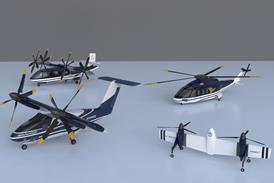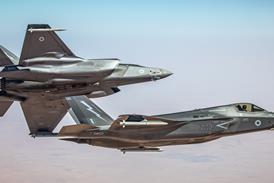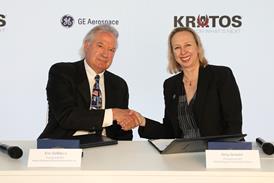Graham Warwick/WASHINGTON DC
NASA has inaugurated its second-generation reusable launch vehicle (2nd Gen RLV) programme by inviting proposals for risk-reduction activities including ground and flight technology demonstrations.
The five-year risk-reduction phase is intended to pave the way for full-scale development of competing commercial reusable launch systems, which will replace current generation launch vehicles as they reduce the cost of access to space. The development will begin in 2005 and lead to initial operational capability in 2010.
For the $900 million first phase of its 2nd Gen RLV risk-reduction programme, NASA has invited proposals in 10 technical areas - from architecture to flight demonstrations. Technical proposals are due by 27 November and cost proposals by 4 December. Multiple contracts will be awarded next March, says deputy programme manager Danny Davis.
Architecture studies will define the elements of a second-generation reusable launch system, and determine "what it will cost to develop and operate, and what revenues can be expected when it is up and running," says Davis.
NASA will fund ground technology demonstrations in eight technical areas: airframe, vehicle subsystems, operations, integrated vehicle health monitoring, upper stages, flight mechanics, propulsion and NASA-unique requirements. Davis says NASA is encouraging innovative proposals, and "cross-cutting technologies" that apply to any architecture.
Proposals for flight demonstrations will be submitted and funded separately. "Some technologies require flight demonstration, but we will be very judicious in deciding which to fund," Davis says.
Although risk-reduction activities could last up to five years, architecture studies will be limited to two years. At least two architectures will be selected in 2003 to proceed into preliminary design and advanced development, supported by focused technology demonstrations. NASA may fund work on a third "follower" architecture in case either of the chosen launch systems fails to materialise.
NASA plans to maintain competition among architecture developers "until the decision to proceed with full-scale development is made". Government and industry would then share the cost of developing a commercially owned and operated human-rated launch system which meets NASA's 2nd Gen RLV goals: a payload launch cost of less than $450/kg, and crew loss risk of less than 1 in 10,000.
Source: Flight International























